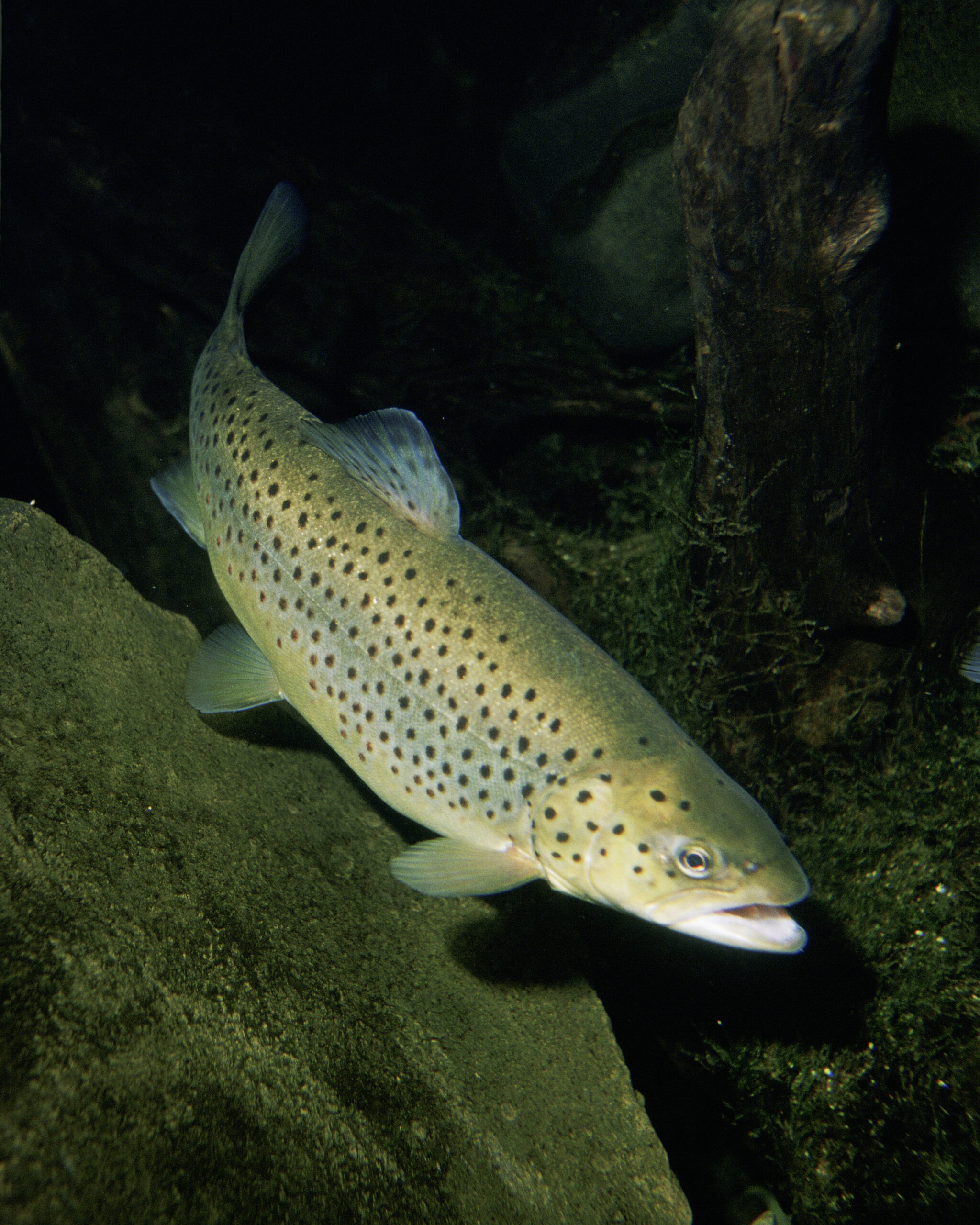Winter Fly Fishing Tactics For Trout

By Lissa Nicole Walton
When fly fishing for trout in the winter, key tactics include: focusing on deep, slow-moving water, fishing very slowly with a dead drift presentation, targeting specific fish in a pool, using small nymphs like midge patterns, and prioritizing areas with structure like deep pools and tailwaters, as trout tend to conserve energy in cold water and will be less active, requiring a subtle approach to entice them to bite.
Key points to remember:
- Find deep, slow water:Trout will congregate in deeper pools and calmer sections of the river where they can conserve energy during cold weather.
- Fish slow and deep:Use a very slow retrieve with your fly, keeping it close to the bottom of the water column.
- Dead drift presentation:A dead drift is critical in winter as trout are less likely to chase a moving fly.
- Small nymph patterns:Focus on tiny, realistic nymph patterns like midge larvae, which are a primary food source for trout in winter.
- Target specific fish:Instead of casting blindly, try to identify individual trout in a pool and present your fly directly to them.
- Tailwaters:Consider fishing in tailwaters where the water temperature is often more stable and food sources are plentiful.
- Streamers with less action:If using streamers, opt for a slower, more subtle presentation.
- Know your winter insects:Understand the dominant aquatic insects in your area during winter to select the most appropriate fly patterns.
- Fish during warmer parts of the day:Trout may be more active on warmer days, particularly mid-morning to mid-afternoon
*Created With The Help Of AI
Discover more from HuntingOfficer
Subscribe to get the latest posts sent to your email.
